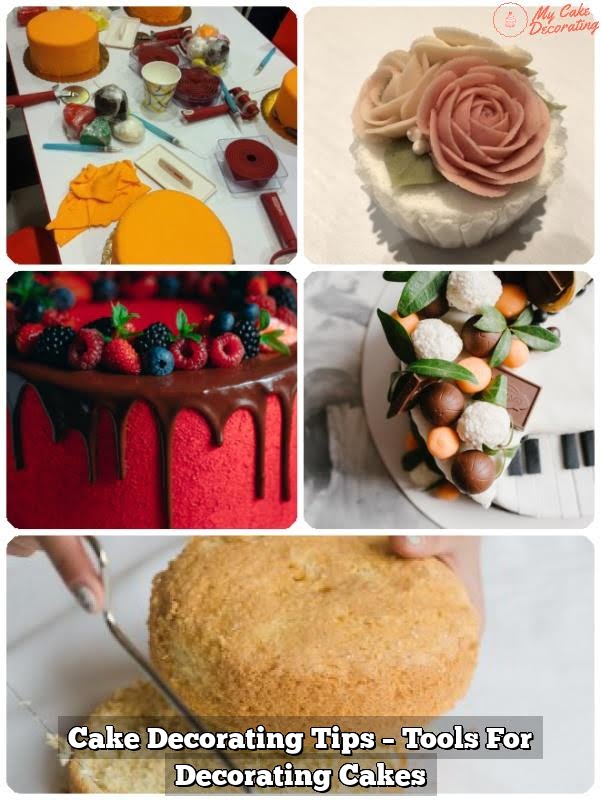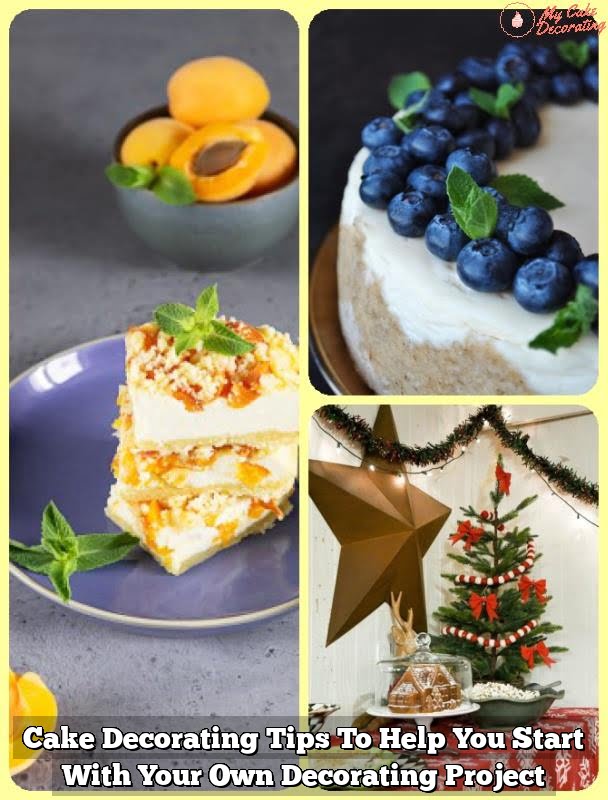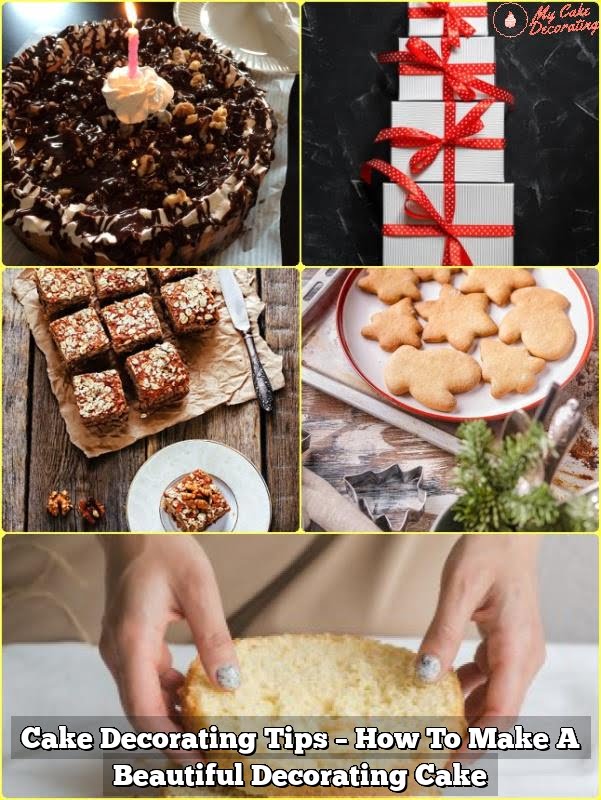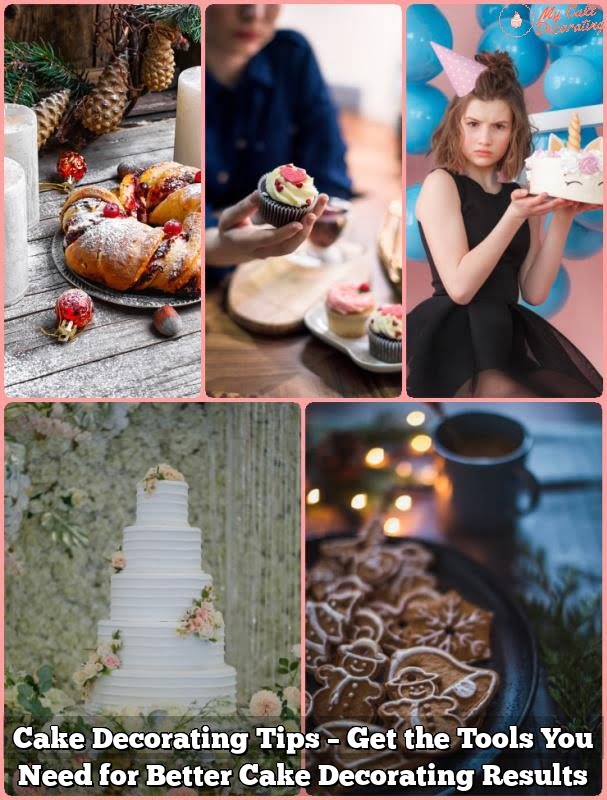Are you wanting to improve your cake decorating skills, but not quite sure where to start? Understanding the importance of using the right tips for cake decorating is essential for achieving professional-looking results. Whether you’re a beginner or an experienced baker, knowing which tips to use can make all the difference in the outcome of your creations.
In this article, we will explore the various types of cake decorating tips available, how to choose the right tip for the job, basic tips for beginners, advanced techniques, pro tips from professional bakers, and troubleshooting common issues. By the end of this article, you’ll have a comprehensive understanding of what tips to use for cake decorating and be better equipped to take your cake decorating skills to the next level.
When it comes to cake decorating, the type of tip used has a significant impact on the final look and texture of your creation. From intricate designs to simple borders, having a variety of tips on hand allows you to unleash your creativity and bring your vision to life.
In this article, we’ll delve into the different types of cake decorating tips available in the market today and discuss how each type serves a unique purpose in creating stunning cakes.
As we continue through this article, we will also explore how to choose the right tip for specific tasks based on factors such as design complexity and icing consistency. Whether you’re looking to achieve delicate floral patterns or bold lettering on a cake, selecting the appropriate tip can make all the difference in bringing your ideas to fruition.
We’ll provide essential guidance on making informed decisions when it comes to choosing the right tip for your next cake decorating project.
Types of Cake Decorating Tips
When it comes to cake decorating, the type of tip you use can make a big difference in the outcome of your design. There are various types of cake decorating tips available, each serving a different purpose and creating unique designs. Some of the most common types include round tips, star tips, leaf tips, petal tips, and specialty tips for specific designs.
- Round Tips: These are versatile and can be used for outlining, writing, and creating simple designs such as dots or beads.
- Star Tips: These tips have a serrated edge and can be used to create stars, shells, zigzags, rosettes, and other textured designs.
- Leaf Tips: As the name suggests, these tips are specifically designed for creating realistic-looking leaves and foliage on cakes.
- Petal Tips: Used for creating flower petals and ruffles, these tips are essential for floral-themed cake decorations.
- Specialty Tips: There are also specialty tips available for creating specific designs such as basketweave patterns, grass or hair textures, and lace-like designs.
When choosing a tip for your cake decorating project, consider the design you want to achieve and the consistency of your icing. Thicker icings like buttercream may require larger tips with wider openings to allow the icing to flow smoothly. On the other hand, royal icing or thinner consistencies may work better with smaller tips for intricate details. It’s also important to consider the size of your cake and the overall look you want to achieve.
| Type of Cake Decorating Tip | Designs Created |
|---|---|
| Round Tips | Outlining, writing, simple designs |
| Star Tips | Stars, shells, rosettes |
| Leaf Tips | Realistic-looking leaves and foliage |
| Petal Tips | Flower petals and ruffles |
Choosing the Right Tip for the Job
When it comes to cake decorating, choosing the right tip for the job is crucial in achieving the desired results. There are several factors to consider when selecting a cake decorating tip, and understanding these factors can help enhance your skills as a baker. Here are some important considerations to keep in mind when choosing the right tip for your cake decorating project:
- Design complexity: Consider the level of detail and intricacy you want to achieve in your cake design. For more intricate designs, smaller tips with finer openings are preferred, while larger tips are suitable for simpler designs.
- Texture and consistency: Different tips produce different textures and effects on icing or frosting. Consider the texture and consistency of your icing or frosting before selecting a tip to ensure that it aligns with your desired outcome.
- Project size: The size of your cake or dessert will also influence the choice of tip. Larger cakes may require bigger tips for efficient coverage, while smaller desserts may benefit from smaller tips for precision.
Considering these factors when choosing a cake decorating tip can make a significant difference in the final appearance of your cake design. By taking these aspects into account, you can better understand which types of tips will work best for different decorating projects.
Ultimately, taking the time to carefully select the appropriate cake decorating tip based on these factors can lead to more professional-looking results and overall satisfaction with your finished product.
Basic Tips for Beginners
If you are new to cake decorating, it’s important to start with the basics. Before you can master advanced techniques, it’s essential to understand the fundamental tips and tricks for successful cake decorating. One of the first things to consider is the type of frosting you will be using. Different tips are designed for different types of frosting, so it’s important to match the tip to the consistency of your frosting.
Another important factor to consider is the size and shape of the tip. Round tips are great for creating outlines and writing, while star tips are perfect for creating rosettes and borders. It’s also important to invest in good quality piping bags that are sturdy and easy to work with.
Practice makes perfect when it comes to cake decorating, so don’t be afraid to experiment with different tips and techniques. Start by practicing basic designs such as dots, lines, rosettes, and shells before moving on to more complex designs. Remember that patience is key – it takes time and practice to develop your skills.
In addition, don’t forget about color. Food coloring gels can add a vibrant pop of color to your designs, but be mindful of using too much as it can alter the taste of your frosting. Take your time experimenting with different colors and combinations until you find what works best for you. With these essential tips and tricks for beginners, you’ll be well on your way to mastering the art of cake decorating in no time.
Advanced Techniques
Advanced Piping Techniques
When it comes to advanced cake decorating, piping techniques play a crucial role in creating intricate and stunning designs. One of the key tips to use for advanced piping is the use of small round tips for fine lines and delicate details. These tips allow for more precision and control, perfect for intricate designs such as lace patterns or floral arrangements. Additionally, star tips are essential for creating textured effects and adding dimension to your decorations.
Using Specialty Tips for Fondant Work
Fondant work is often a hallmark of advanced cake decorating, and using the right tips can make all the difference in achieving a flawless finish. Specialty fondant tips, such as ribbon cutters or embossing tools, can help create intricate patterns and textures on fondant-covered cakes. These specialty tips allow for precise detailing and can elevate your cake decorating to the next level.
Mastering Airbrushing Techniques
Airbrushing is a popular technique used by professional cake decorators to achieve seamless color transitions and unique effects. When it comes to airbrushing, using the right airbrush tips is crucial for achieving a smooth and even application of color. Different tip sizes can be used for varying levels of detail and coverage, allowing decorators to create everything from subtle gradients to bold designs.
As you delve into advanced cake decorating techniques, it’s important to invest in quality tools and practice regularly to hone your skills. By utilizing the appropriate tips for each technique, you can take your cake decorating abilities to new heights and create show-stopping confections that will surely impress.
Pro Tips From Professional Bakers
Professional bakers have spent years perfecting the art of cake decorating, and they have invaluable insights when it comes to using the best tips for achieving stunning results. Whether you are a home baker looking to improve your skills or a professional seeking new ideas, these pro tips can help take your cake decorating to the next level.
Here are some expert recommendations from professional bakers on what tips to use for cake decorating:
- Invest in quality tips: Professional bakers emphasize the importance of investing in high-quality cake decorating tips. Stainless steel tips are recommended for their durability and ability to create precise designs.
- Experiment with different tip sizes: It’s essential to have a variety of tip sizes in your collection. Different sizes allow for versatility in creating intricate designs, borders, and lettering on cakes.
- Explore specialty tips: Professional bakers often recommend exploring specialty tips, such as petal or leaf tips, to add unique elements to cake decorations. These specialized tips can elevate the overall appearance of your cakes.
Additionally, professional bakers advise paying attention to the consistency of icing when using different cake decorating tips. Thick icing is suitable for creating bold designs and borders, while thinner icing is ideal for intricate details and writing. By following these expert recommendations, amateur and experienced bakers alike can achieve impressive results in their cake decorating endeavors.
Troubleshooting Common Issues
When it comes to cake decorating, even the most experienced bakers can encounter common issues when using various tips for piping and design. Whether it’s clogged tips, inconsistent icing flow, or smudging designs, troubleshooting these issues is essential to achieve the desired results. In this section, we will explore some common problems that may arise when using cake decorating tips and how to effectively resolve them.
Clogged Tips
One of the most frustrating issues when cake decorating is dealing with clogged tips. This can happen due to icing that is too thick or small particles getting stuck in the tip. To prevent this issue, make sure to use a smooth and consistent icing consistency. If your tip does get clogged, try using a toothpick or a small brush to carefully remove any blockage without damaging the tip.
Inconsistent Icing Flow
Another common problem is inconsistent icing flow, which can result in uneven designs or smudged decorations. To fix this issue, check that your icing consistency is not too thick or too thin. It should flow smoothly and consistently from the tip without breaking or splattering. Adjusting the pressure on the piping bag and practicing consistent hand movements can also help improve the flow of icing.
Smudging Designs
Smudging designs often occur when using intricate tips for detailed decorations. This can happen if the icing is too soft or if the temperature in the room is too warm. To avoid smudging, ensure that your icing is firm enough to hold its shape but still pliable for intricate designs. If smudging does occur, carefully use a small offset spatula to gently reshape and define the design before it sets.
By understanding how to troubleshoot these common issues when using cake decorating tips, you can overcome challenges and create beautiful designs with confidence. Remember that practice makes perfect, so don’t be discouraged by initial setbacks and keep experimenting with different techniques until you achieve your desired results.
Conclusion
In conclusion, it is clear that using the right tips for cake decorating is crucial for achieving professional-looking and visually appealing cakes. Whether you are a beginner or an experienced baker, selecting the appropriate tip for the job can make all the difference in the outcome of your cake decorations.
By understanding the various types of cake decorating tips available and considering factors such as design, texture, and purpose, you can ensure that you are using the most suitable tip for each specific project.
When it comes to cake decorating, there are a plethora of options and techniques to explore. From basic tips for beginners to advanced techniques for experienced decorators, there is always something new to discover in the world of cake decorating. It is important to continuously educate yourself on the latest trends and methods in order to expand your skills and create impressive designs on your baked goods.
Frequently Asked Questions
Which Tip to Use to Decorate Cake?
When decorating a cake, it’s important to use the right piping tip to achieve the desired design. Round tips are great for creating outlines and filling in shapes, while star tips are perfect for adding texture and decorative borders.
What Are the Best Piping Tips for Cakes?
The best piping tips for cakes depend on the specific design you want to achieve. Closed star tips are ideal for creating rosettes and stars, while open star tips work well for making shells and swirls. French tips can be used for leaves and ruffles, and round tips are versatile for writing and outlining.
What Do Professionals Use to Decorate Cakes?
Professionals often use a variety of tools to decorate cakes, including piping bags and a selection of piping tips in different sizes and shapes. They also use offset spatulas for smoothing icing, fondant smoothers for shaping fondant decorations, and flower nails for creating delicate buttercream flowers.
Additionally, professionals may use stencils, edible pearls, dragees, edible glitter, and airbrushing tools to add intricate details to their cake designs.

Welcome to my blog about home and family. This blog is a place where I will share my thoughts, ideas, and experiences related to these important topics. I am a stay-at-home mom with two young children. I hope you enjoy reading it! and may find some helpful tips and ideas that will make your home and family life even better!





